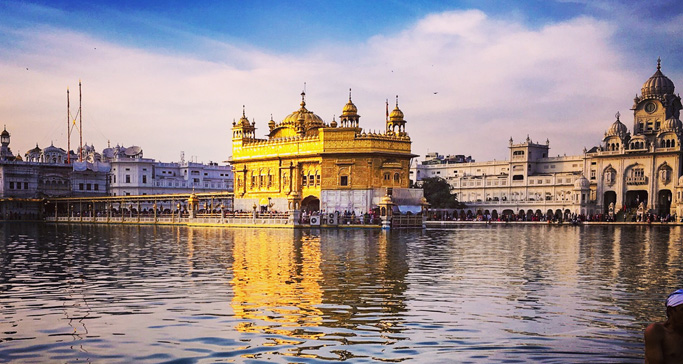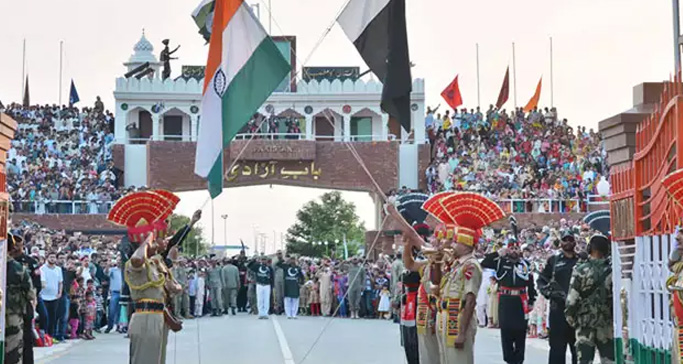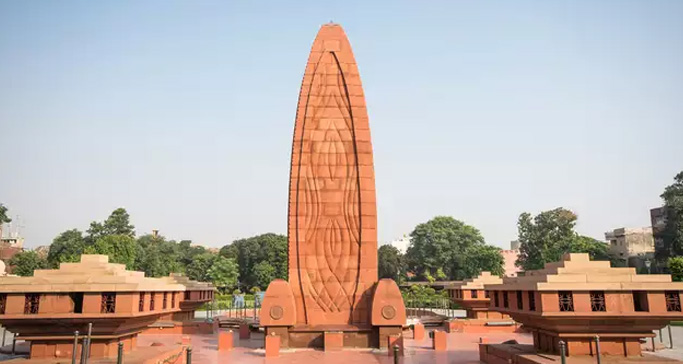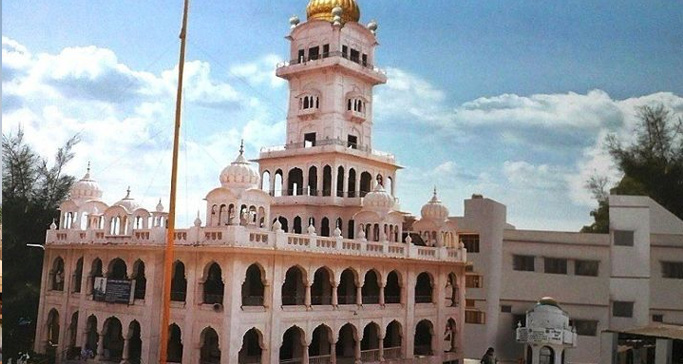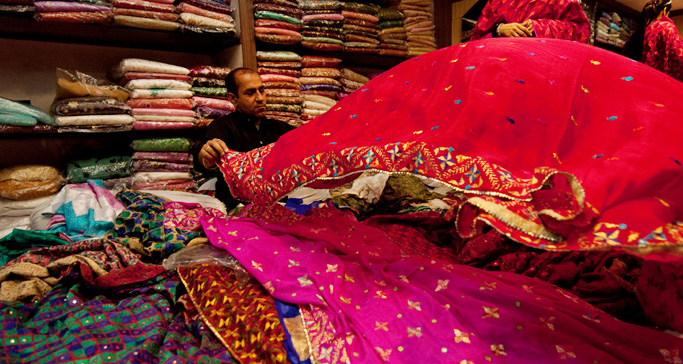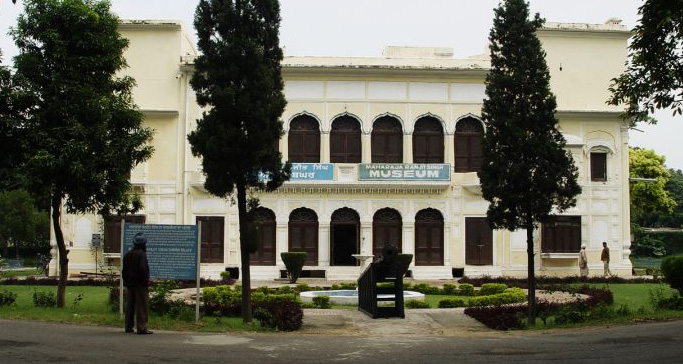About Amritsar
Amritsar is famous for wonderful Golden Temple, the iconic city of Amritsar depicts the brave character of Punjab. A day in this serene city begins with the spiritual prayers from Gurudwaras. The first name of the old lake, then of the temple complex, and later the surrounding city, signifying "pool of ambrosial nectar.
Amritsar is the spiritual and cultural center of the Sikh Religion. The Baisakhi festival brings out Amritsar's stunning face with its best food, clothes, and joyful making. This spot is also famous for its Jallianwala Bagh massacre and its vicinity to the Wagah Border. The pleasing food and generous touches of legendary Punjabi hospitality further conspire to charm the visitor. From Operation Blue Star in the Golden Temple to the heartbreak of the Jallianwala Bagh massacre, Amritsar has seen the worst of circumstances and yet risen like a phoenix through challenging times. Amritsar today is a flourishing city with dynamic trade and tourism industries. One of the most agriculturally productive cities of India, Amritsar is well-connected to the majority of the major cities of India.
History Of Amritsar
Amritsar gets its name from Amrit Sarovar, which was built by Guru Ram Das in the town of Tung. Guru Ram Das believed that the waters of the lake had healing powers. The land was bought by him for a modest sum of 700 rupees, and a temple complex was built around it. Step by step, the town developed and came to be known as Chakk Ram Das, which finally became Amritsar, meaning 'pool of nectar'.
Religious Places in Amritsar
Amritsar is a significant religious place for Hindus and Sikhs. The numerous temples and Gurudwaras include Gurdwara Manji Sahib, Akal Takht, Shivala Bhaian Temple, Gurdwara Bebaaksar Sahib, Gurdwara Bir Baba Budha, Tala Sahib Gurudwara, and the Gopal Mandir.
Jalianwala Bagh Massacre
One of the most tragic episodes in Colonial India happened at the Jallianwala Bagh on April 13, 1919. Farmers from various villages had gathered here, unaware of a new law that prohibited gatherings among locals. Suspecting a protest, the British authorities under Colonel Reginald Dyer opened fire in the area and created a chaotic situation. Many were killed by the bullets, many in the rush, and many others jumped into a nearby well trying to save themselves. The death toll is believed to be 379. The place still has bullet marks and blood stains in and around the well.
What is the best time to visit Amritsar?
September to December and February to March is the best time to visit Amritsar as the climate remains pleasant and suitable for sightseeing. The temperatures drop down in January and float around 5°C, while the peak summer months of May and June take the temperature to as high as 40°C. July and August are peak monsoon months when the majority of the cityscape is covered by lush greenery. The temperature remains moderate/warm but is quite humid. One can choose to avoid the monsoon as it could get somewhat inconvenient for sightseeing. .
How to Reach Amritsar
By Air: Sri Guru Ram Das Jee International Airport is all around associated with most urban areas in India and many significant urban communities abroad.
Closest Airport: Amritsar
By Rail: There are immediate trains from most urban communities in India to the Amritsar railroad station.
By Road: Amritsar is very much associated by means of various parkways to numerous urban areas in the nation.
